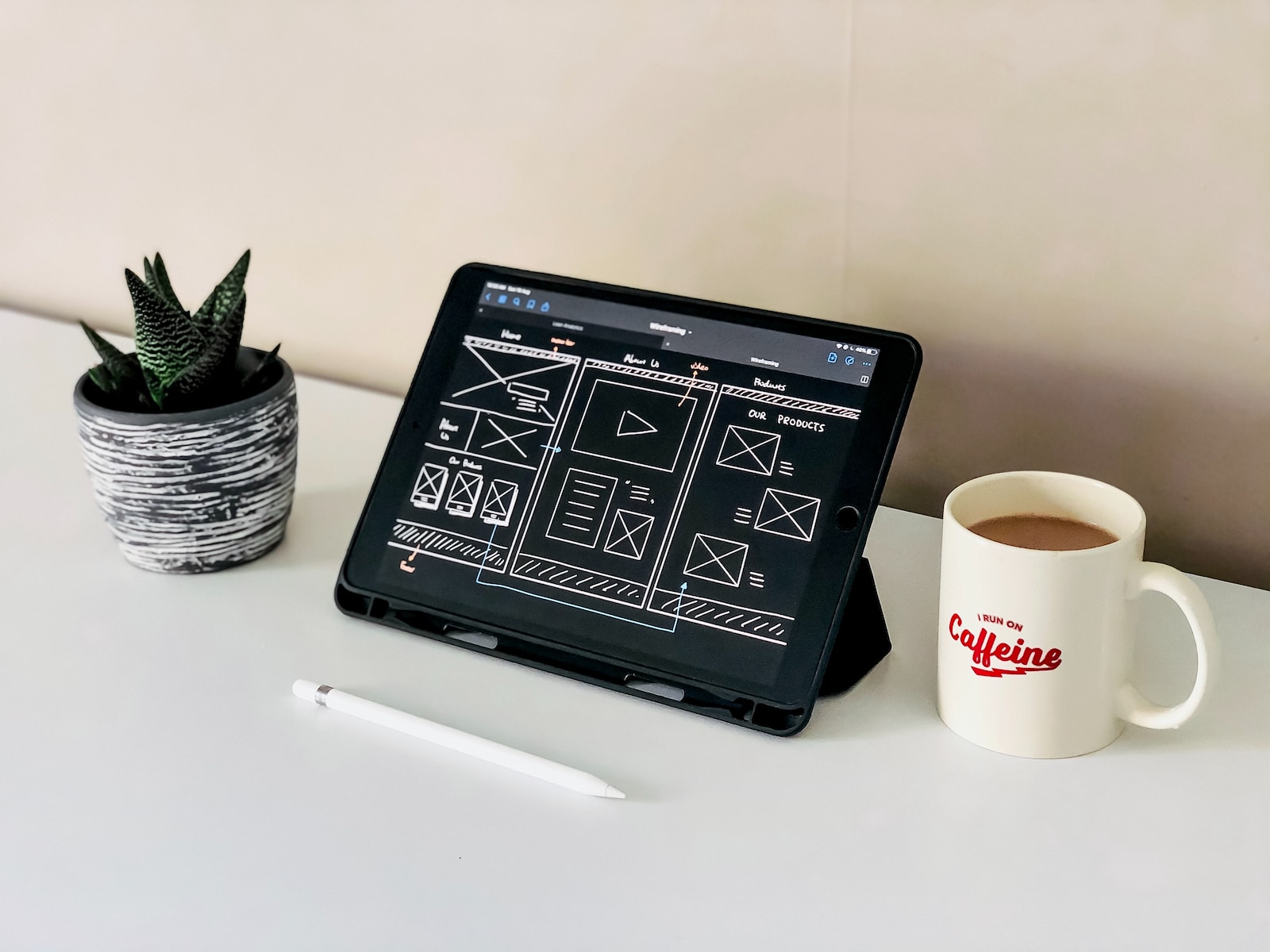In the realm of web design, interactivity refers to the inclusion of elements that respond to user actions, creating a two-way interaction between the website and its visitors. This approach transforms passive viewers into active participants, fostering a deeper connection with the content.
Types of Interactive Elements
- Animations and Transitions: Smooth and responsive animations can guide users through your site, subtly highlighting important elements and improving the overall aesthetic.
- Hover Effects: These effects, activated when a user hovers their cursor over an element, can provide immediate feedback or reveal additional information, enhancing usability.
- Custom Cursors: A unique cursor can add a playful and personalized touch, improving the visual appeal and user engagement.
- Interactive Sliders and Galleries: These allow users to control what they view, making the exploration of images or products more engaging.
- Gamification: Incorporating game-like elements, such as rewards for certain actions, can significantly boost engagement and time spent on the site.
- Feedback Forms and Surveys: Interactive forms engage users and gather valuable feedback, enhancing user experience based on their input.
- Chatbots and AI Assistants: These tools provide immediate interaction and support, enhancing customer service and engagement.
Benefits of Integrating Interactive Elements
- Enhanced User Engagement: Interactive elements make a website more engaging, encouraging visitors to spend more time exploring the content.
- Improved User Experience: Well-implemented interactivity can simplify navigation and make the website more intuitive and user-friendly.
- Increased Conversion Rates: Engaging elements can guide users towards conversion points, such as sign-ups or purchases, more effectively.
- Better Feedback and User Insight: Interactive forms and surveys can provide direct insights into user preferences and behavior.
- Stand Out from the Competition: A website with unique interactive features can differentiate your brand in a crowded digital space.
Best Practices for Integrating Interactive Elements
- Balance is Key: While interactivity can enhance a website, overuse can lead to clutter and confusion. Striking the right balance is crucial for maintaining usability and aesthetic appeal.
- Mobile Responsiveness: With the growing use of smartphones, ensuring that interactive elements work seamlessly on mobile devices is essential.
- User-Centric Design: Every interactive element should add value to the user experience, not just serve as a decorative feature.
- Accessibility: Make sure that interactive features are accessible to all users, including those with disabilities.
- Performance Optimization: Interactive elements should not significantly slow down your website. Optimized performance is critical for maintaining user satisfaction.
- Testing and Feedback: Regularly test interactive features and solicit user feedback to continually refine and improve them.
Conclusion
The integration of interactive elements in website design is more than just a trend; it’s a shift towards creating more engaging, user-friendly, and memorable online experiences. By thoughtfully incorporating these elements, designers can significantly enhance the effectiveness and appeal of a website. As technology continues to evolve, the possibilities for interactive web design are only limited by the imagination and innovation of the designers behind the screen.

